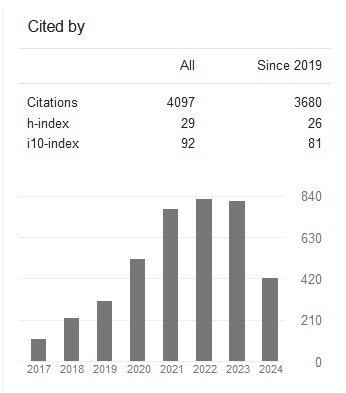Gravitational Model to Predict the Megalopolis Mobility of the Center of Mexico( Vol-4,Issue-1,January - January 2018 ) |
|
Author(s): Juan Bacilio Guerrero Escamilla, Sócrates López Pérez, Yamile Rangel MartÃnez, Silvia Mendoza Mendoza |
|
Keywords: |
|
|
Mexico Megalopolis, Gravitational model, Population mobility, Commuters model, Metropolitan Areas of Mexico, Urbanization of cities of Mexico. |
|
Abstract: |
|
|
Since 1950, Mexico has presented an accelerated migration process to the country’s capital, Mexico City. Here is where new settlements emerged increasing its population, and as a positive consequence, employment improved together with provisions. This growth occurred until the 1980s, when a conurbation happened with some municipalities of the State of Mexico, creating the Metropolitan Area of the Valley of Mexico. In the beginning of the 21st century, new challenges arose with the integration of more metropolitan areas in the states of Mexico (Valley of Toluca), Hidalgo, Morelos, Puebla, Tlaxcala and Queretaro. This document is the result of two extensive research projects that took place from 2008 to 2016, along with the population institutions of the states that were integrated. The objective was to demonstrate the existence of the Megalopolis and its operation, based on a socio-demographic model to understand its composition and characteristics. However, when limited to demographic variables, it was difficult to analyze its operation. Therefore, the Gravitational Model was designed to establish the great diversity of mobility relationships to account for the functional composition. Thus, the population mobility that commutes daily to the interior of the Megalopolis will be the fundamental factor to explain its operation. |
|
Cite This Article: |
|
| Show All (MLA | APA | Chicago | Harvard | IEEE | Bibtex) | |
Share: |
|

 DOI:
DOI: 



























